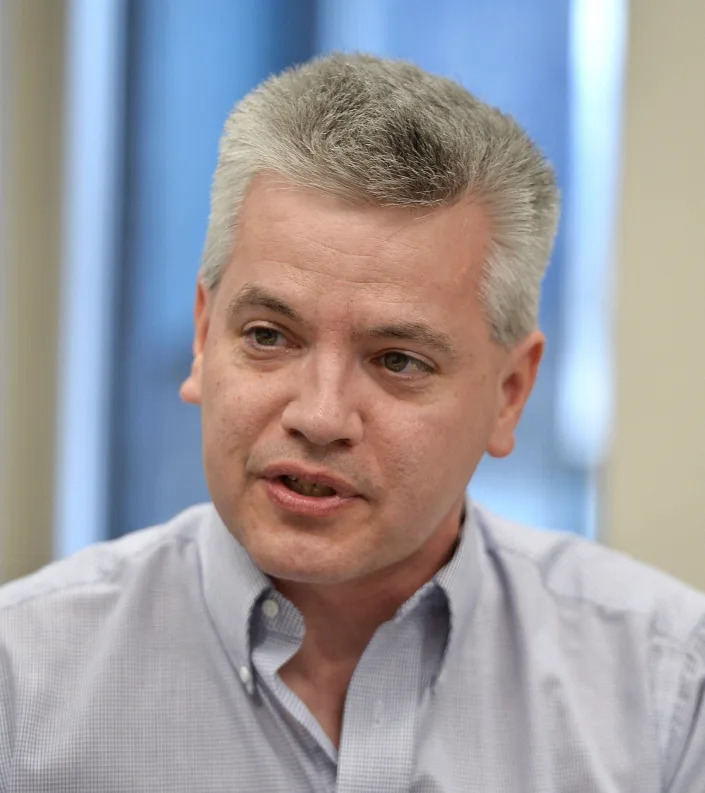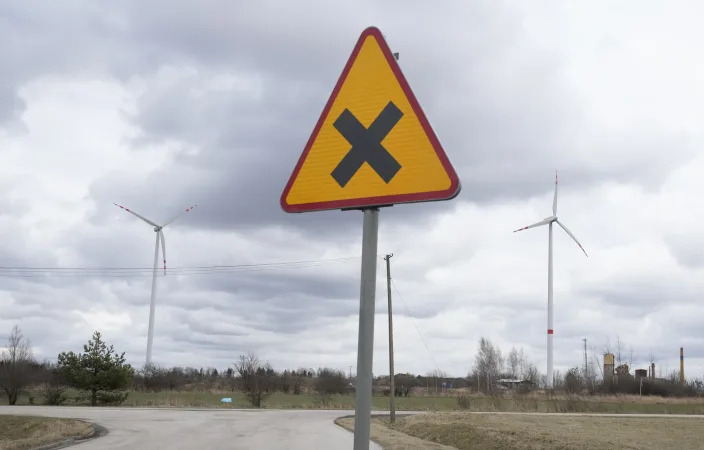Forests Vital For Green Recovery In The Asia-Pacific Region
22 February 2022, Ulaanbaatar, Mongolia – The ways in which forests can contribute to COVID-19 pandemic recovery will be in focus as FAO’s Asia-Pacific Forestry Commission (APFC) meets this week.
Leading forestry experts and policy makers from 34 member countries will explore the immense opportunities for the forestry sector to promote a more inclusive, productive and greener economic recovery, and support the transition towards a healthier and more resilient Asia-Pacific region.
The 29th session of the APFC is being hosted online this year by the Government of Mongolia under the theme ‘Forests and green recovery in Asia-Pacific’.
"To build back better from the pandemic, we need to accelerate actions to turn the tide on deforestation and forest degradation, enhance sustainable use and production and restoration, and support the forestry sector’s contribution to agri-food systems transformation," said FAO Deputy Director-General Maria Helena Semedo, opening the meeting today.
Moving forward
Specific actions in the spotlight will include boosting forest and landscape restoration under the UN Decade on Ecosystem Restoration 2021-2030 and building sustainable forestry value chains by providing incentives and support for small-scale operators and local communities.
“There are many entry points for forests and forestry to contribute to green recovery by restoring and creating jobs and increasing social protection in the short term, and by supporting economic growth in the medium term,” said APFC Secretary Sheila Wertz-Kanounnikoff. “In the long run, the forestry sector can help the global economy transition toward a more equitable, resilient, sustainable and carbon-neutral future,” she added.
The Chair of the 29th session of the APFC, Oyunsanaa Byambasuren, also highlighted that many countries in the region are now keen to accelerate economic recovery after the pandemic, and that forestry can offer important pathways to that end.
APFC-29 will also be an opportunity to review the state of forestry in the Asia-Pacific region and mainstream forestry into work on sustainable agri-food systems.
The meeting comes amid a global push to build back “better and greener” after the COVID-19 pandemic, and a renewed emphasis on the importance of forests and Indigenous People and local communities in the fight against climate change, as expressed at the UN Climate Change Conference (COP 26) in November last year.
More than 140 countries, including 23 APFC member countries, signed the Glasgow Leaders Declaration on Forests and Land Use, signalling strong commitment for action.
This week’s deliberations will feed into the FAO Regional Conference for Asia and the Pacific to be held in March, particularly as regards to regional priorities for sustainable natural resources management for biodiversity conservation and climate action. Discussions will also contribute to shaping the XV World Forestry Congress, to be held in Seoul, Republic of Korea, in May, and the 26th Session of the FAO Committee on Forestry (COFO 26) in October.
Forests in Asia-Pacific
The total forest area in APFC member countries in 2020 was 751 million hectares, 18.5 percent of the global forest area. The region’s forests provide homes and sources of livelihoods to hundreds of millions of people as well as generating national wealth and economic advancement through trade of forest products.
According to FAO’s Global Forest Resources Assessment, the forest area in the region increased by 31.3 million hectares over the period 1990-2020, largely due to a growth in planted forests.
However, gains in forest area were spread unevenly, with 17 countries reporting a decline in forest area during the same period. Although offset by areas of forest expansion, Asia-Pacific currently loses 2.2 million hectares of forest a year to deforestation.
Created in 1949, the Asia-Pacific Forestry Commission is one of six regional forestry commissions established by FAO to provide a policy and technical forum for countries to discuss and address forest issues on a regional basis.
This year’s host country, Mongolia, has committed to supporting the fight against climate change and desertification with a pledge, announced at the UN General Assembly in September 2021, to plant one billion trees by 2030.
https://www.fao.org/asiapacific/news/detail-events/en/c/1473130/

















